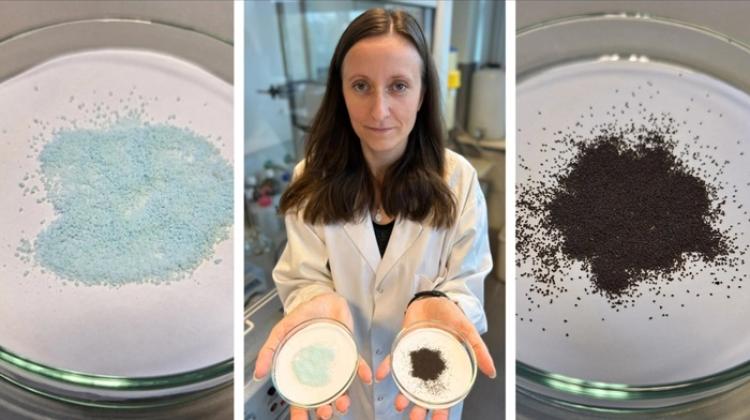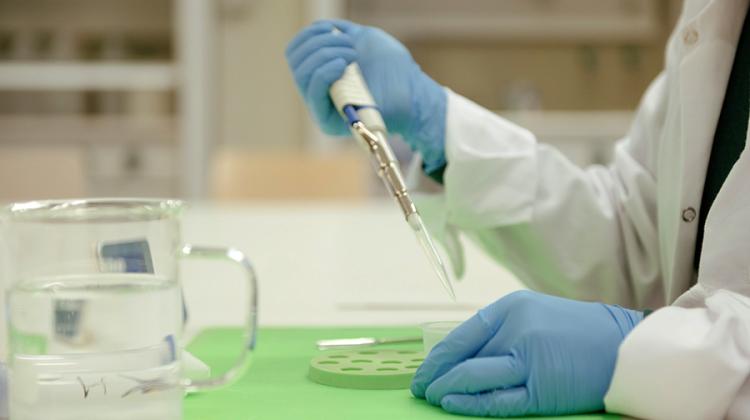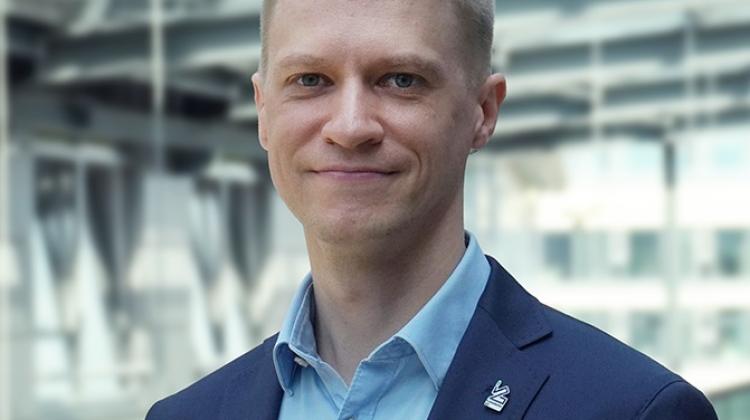'Artificial bone' made of granules. Will it also be bactericidal?
 Photo from press release
Photo from press release
Scientists from the AGH University have been working for years on materials which could replace bones and help in bone regeneration. They are now trying to force granular bone substitute materials to fight bacteria.
A bone defect or loss may occur as a result of an accident or a surgical intervention, for example due to a malignant disease. Unfortunately, the loss is not always able to regenerate on its own.
The Bioceramics Team at the Faculty of Materials Science and Ceramics at the AGH UST has been conducting research on innovative materials used for filling bone defects. Some of the developed biomaterials are currently being applied in medicine with great success. For example, FlexiOss, a bone replacement biomaterial developed in cooperation with the Medical University of Lublin, colloquially called 'the artificial bone', is largely based on microporous hydroxyapatite granules patented by the AGH UST Bioceramics Team. University representatives announce this research in a press release sent to PAP.
Meanwhile, Dr. Joanna Czechowska from the Bioceramics Team at the AGH UST has been recently awarded a grant by the Polish National Science Centre from the for developing a hybrid material in the form of granules with antibacterial properties (2023/07/X/ST11/00705).
According to the AGH UST release, obtaining biomaterials in the form of granules is challenging and time-consuming. However, it has been proven that if methylcellulose is used instead of chitosan, the material will take the form of granules by itself.
The sizes of the granules in question vary from 0.1 millimetre to 1 millimetre. After applying the granules onto the bone defect, they will constitute a scaffold for the rebuilding tissue.
In the future, the hybrid granules may be used as carriers of drugs and biologically active substances in targeted therapies. Drugs and biologically active substances placed in hybrid granules could be released only at the site of implantation - and this would make it possible to avoid their whole body action, which often leads to side effects.
Another way of using granules is as components of bone replacement materials. Since bone defects almost always have irregular shapes, especially those resulting from accidents, easily formed materials that adapt to the shape of the defect and precisely fill the space are particularly suitable for their rebuilding.
'I will obtain granules based on methylcellulose and hydroxyapatite modified with chitosan and copped,’ says Dr Czechowska. 'I predict that, theoretically, methylcellulose and hydroxyapatite will form hybrid systems, however, it will be essential to establish in what terms the addition of chitosan will influence material's self-organisation process, as a polyelectrolyte complex may be formed.’
PAP - Science in Poland
lt/ zan/ kap/
tr. RL
Przed dodaniem komentarza prosimy o zapoznanie z Regulaminem forum serwisu Nauka w Polsce.


















